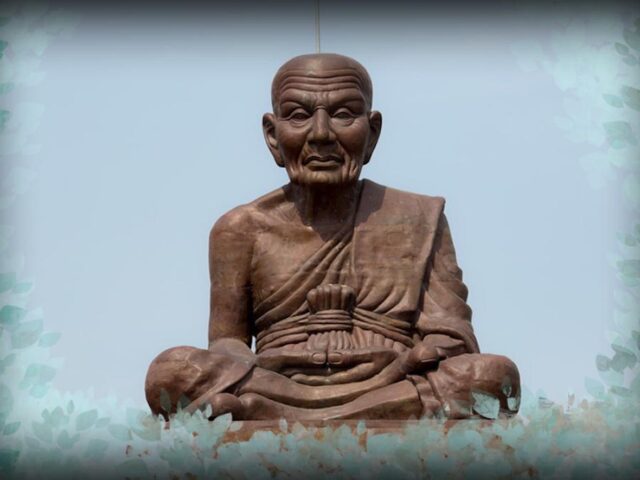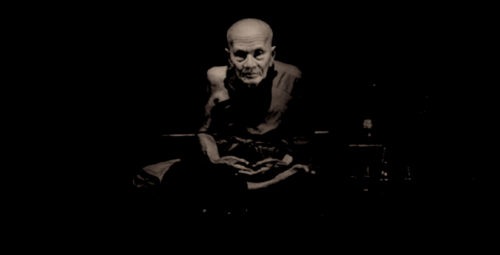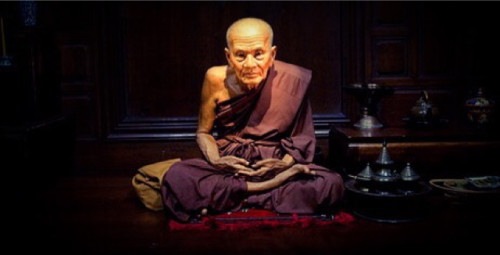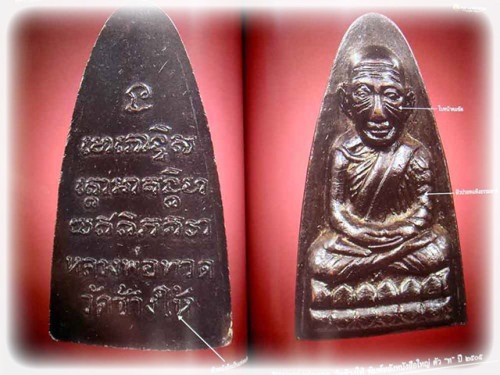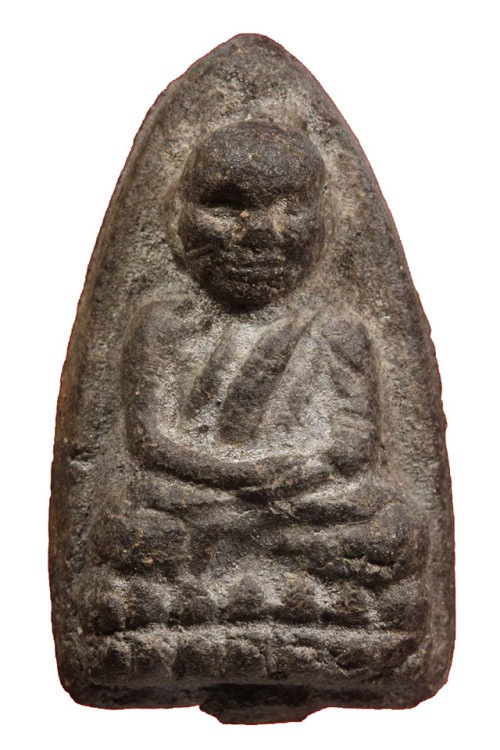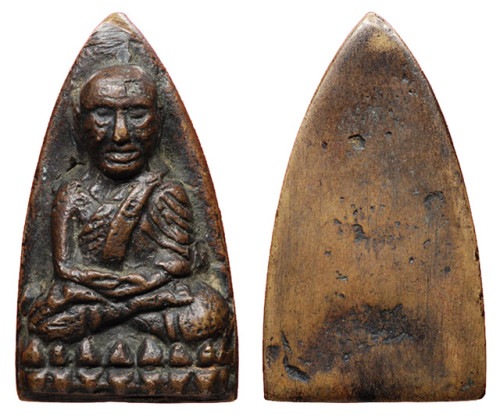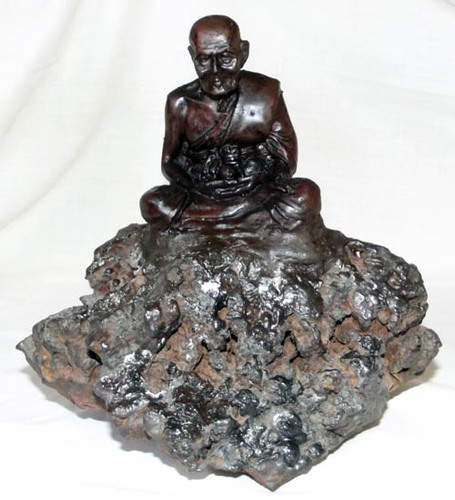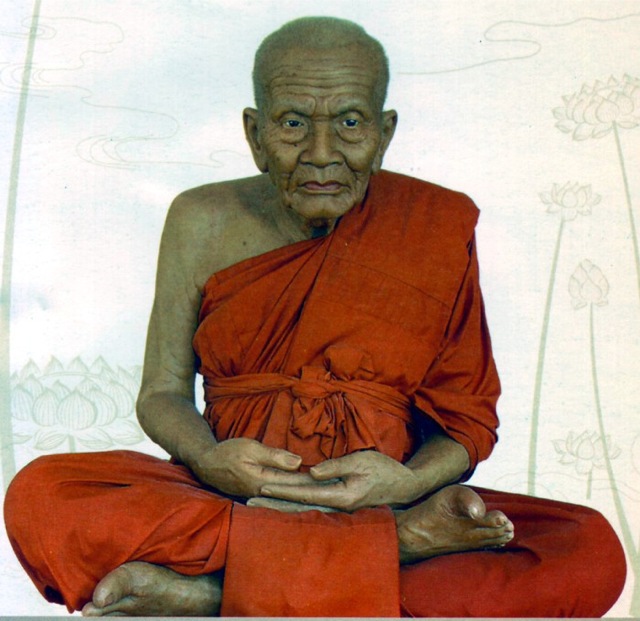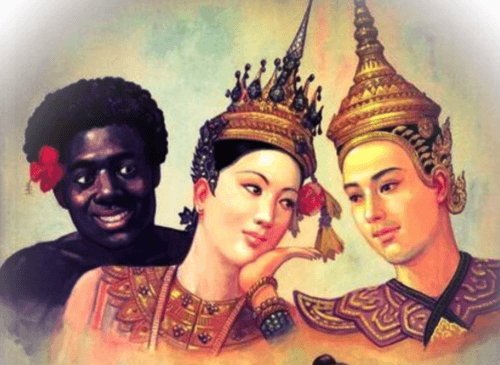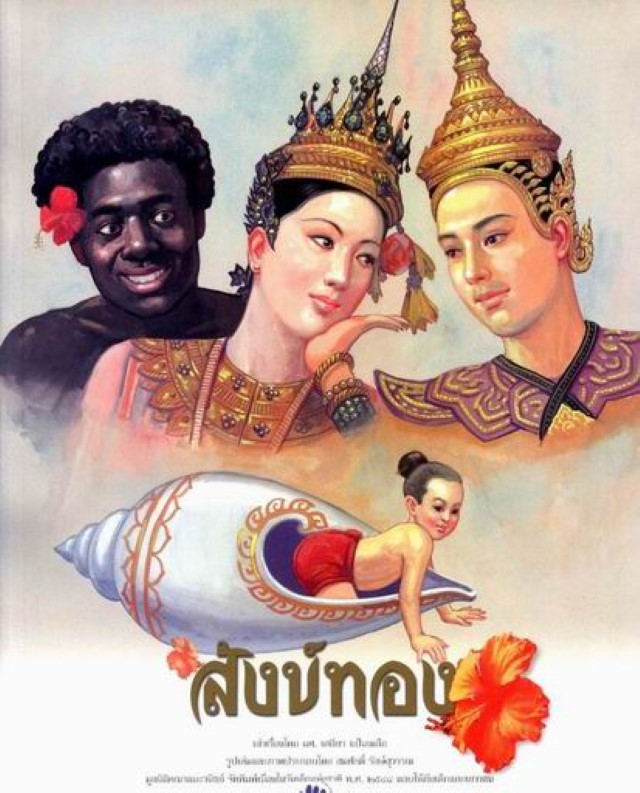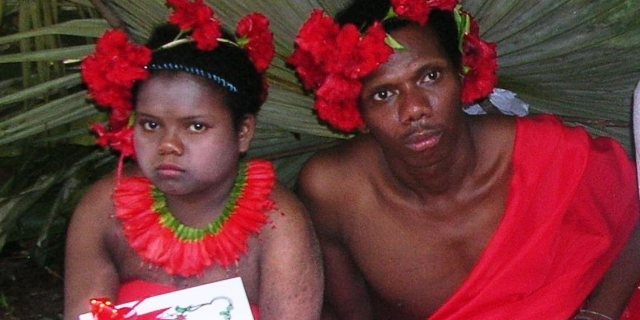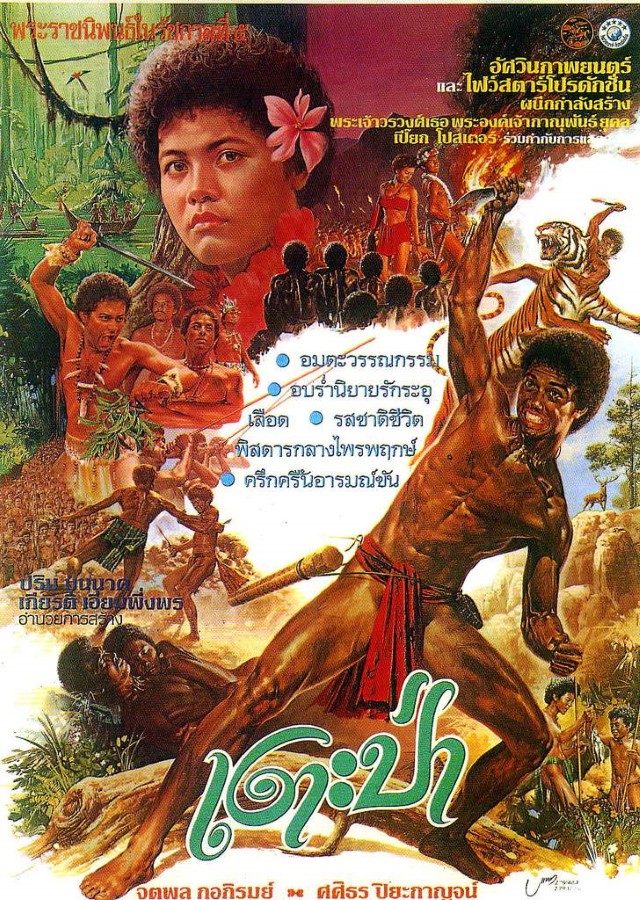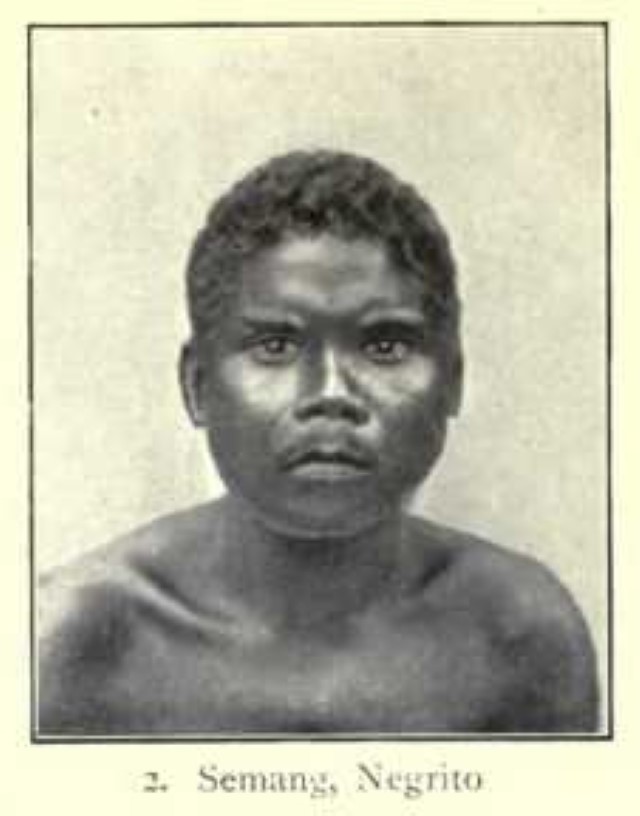Luang Phu Tuad was a Great Monk of almost-forgotten history, through lack of written documentation, who holds legendary status in Thai Buddhist History, and is one of Thailand’s most internationally well known monks, so popular, that amulets in his image are found to be made by thousands of temples around the nation, regularly every year ever since the year 2497 BE when Ajarn Tim released the first ever edition of amulets in his image.
Luang Phu Tuad: The Miraculous Monk and the Power of His Sacred Amulets
Luang Phu Tuad, also affectionately known as Luang Por Thuat, is a revered Buddhist monk whose extraordinary life and miraculous deeds have captured the hearts and minds of people across Thailand and beyond. For centuries, his legend has been preserved through oral traditions, and his fame continues to grow, particularly among Buddhist devotees and avid collectors of Thai Buddhist amulets, like the highly sought-after Pra Luang Por Tuad amulets. In this essay, we will delve into the awe-inspiring life of Luang Phu Tuad, exploring his remarkable journey, the significance of his sacred amulets, and the unwavering faith of his followers.
The Life of Luang Phu Tuad:
Luang Phu Tuad was born in Dee Luang sub-district, Sathing Phra district, Songkhla, Thailand, around four hundred years ago, during the reign of King Maha Tamaracha of Krung Sri Ayuttaya. Despite being born into extreme poverty, his compassionate and generous attitude shone through from a young age. His kindness and devotion to making merit were evident in his acts of generosity towards both Buddhist temples and the people around him. Luang Phu Tuad’s unwavering commitment to non-violence and respect for all living beings earned him the nickname “Luang Poo” or “Crab” in Thai.
From a young age, Luang Phu Tuad displayed miraculous powers, signifying his exceptional spiritual connection. His mother once found a giant snake wrapped around the hammock where the young Luang Phu Tuad was sleeping. Believing it to be an angelic sign, she offered puffed rice, flowers, and incense to the snake, and it departed, leaving a multicolored crystal glowing with radiant light on the baby’s chest. This crystal became a symbol of protection and prosperity for Luang Phu Tuad and his family.
At the age of seven, he was taken to Wat Gudti Luang to receive formal education. Luang Phu Tuad’s diligence and intelligence enabled him to quickly learn to read and write in Pali, the ancient Khmer script used for Buddhist texts. Later, he was ordained as a novice monk at the age of 15 and received the Mystic Crystal from his mother as a cherished possession.
His journey as a monk led him to study under revered teachers, including Somdej Pra Chinsaen at Wat See Hyong and Nakorn Sri Tammarat at Samnak Pra Mahatera Biya Tassee. Through dedicated practice and study, Luang Phu Tuad became a master of Dhamma and Pali language, earning him the title “Jao Sameeram” or “Luang Por Thuat.”
Miracles and Wonders:
The legend of Luang Phu Tuad’s miraculous powers spread like wildfire, and tales of his extraordinary feats were known in every Thai province. One of the most famous legends revolves around the Sri Langkan ruler’s attempt to conquer Ayuttaya, the Thai city. The ruler devised a unique challenge, requiring the translation of 84,000 gold coins, each inscribed with a letter from the Abhidhamma, within seven days. Failure to complete the task would lead to Ayuttaya’s fall under Sri Langkan rule.
Through divine intervention, Luang Phu Tuad appeared in the ruler’s dream, signifying his arrival and assistance. He miraculously completed the translation, even overcoming a minor obstacle caused by seven missing coins, revealing the profound knowledge of the Tripitaka hidden within each syllable. With his successful endeavor, Luang Phu Tuad saved Ayuttaya from the impending threat and earned the respect and gratitude of the people.
Another awe-inspiring miracle associated with Luang Phu Tuad revolves around his ability to transform seawater into fresh drinking water. When kidnapped by pirates, he simply dipped his foot into the sea, and the water surrounding him turned fresh. This act of compassion softened the hearts of the pirates, and they promptly released him, awestruck by his divine powers.
The Power of Luang Phu Tuad’s Sacred Amulets:
Above; Luang Phu Tuad Pim Tao Reed Yai 1st Edition 2497 BE
Luang Phu Tuad’s sacred amulets, particularly the Pra Luang Por Tuad amulets, hold immense significance and are believed to possess great protective powers. Devotees in Thailand, Singapore, and Malaysia trust these amulets to bring safety and ward off danger during distressing times. The first batch of Pra Luang Por Tuad amulets was created in 2497 BE (1954) and became highly revered for its historical importance. Later variations, such as the Hlang Tao Reed amulets, were produced and gained immense popularity.
These sacred amulets are considered priceless and powerful, attracting avid collectors who seek to preserve their spiritual connection with Luang Phu Tuad. The amulets are meticulously crafted using a blend of herbs, powder, and other sacred materials, blessed by experienced monks. Collectors venerate older editions as well, considering them precious relics that bring prosperity, protection, and spiritual well-being.
The legend of Luang Phu Tuad, the revered Buddhist monk who performed extraordinary miracles, continues to inspire faith and devotion among people worldwide. His remarkable journey, filled with acts of compassion and divine intervention, serves as an embodiment of spiritual enlightenment and selfless devotion to others. The sacred amulets, especially the Pra Luang Por Tuad amulets, are cherished by Buddhist devotees and collectors alike, serving as tangible symbols of protection and blessings.

As we reflect on the life of Luang Phu Tuad, we find ourselves drawn to the profound teachings of Buddhism and the unwavering faith of his followers. The legacy of Luang Phu Tuad lives on through these tales, reminding us of the power of compassion, kindness, and the miraculous presence of spirituality in our lives. As we wear his sacred amulets, we carry with us the divine protection and the unyielding strength of Luang Phu Tuad, guiding us on our spiritual journey with his blessings and miracles.
